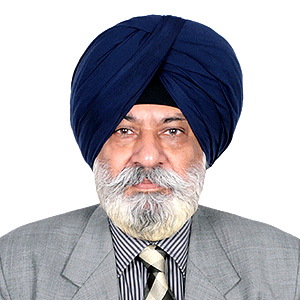This discussion is now closed. Thank you for your participation.
Question 1. What measures do you think are required for cities, businesses, academia, and civil society to encourage broader participation of all urban stakeholders in environmental planning, climate action and disaster risk reduction?
Question 2. How do you think improved understanding and progress in urban environmental planning, climate action and disaster management are influencing urbanization patterns in developing and developed countries?



 Lecture Values, Systemic Planning and Management and Public Ministry – Rodrigo Schoeller.ppt
Lecture Values, Systemic Planning and Management and Public Ministry – Rodrigo Schoeller.ppt Article Rodrigo Schoeller- What development do we want-3.doc
Article Rodrigo Schoeller- What development do we want-3.doc Urban Ecology Responses.xlsx
Urban Ecology Responses.xlsx ABA UNDP International Legal Resource Center Analysis of Issue Papers 15 and 17.pdf
ABA UNDP International Legal Resource Center Analysis of Issue Papers 15 and 17.pdf


“BREAKING Explore the #SDGs#100Indicators and a Monitoring Framework” by CCCRdg on LinkedInhttps://www.linkedin.com/pulse/breaking-explore-sdgs-100indicators-monitoring-carl-emerson-dam#openspaces #COP21#Climate #T2015